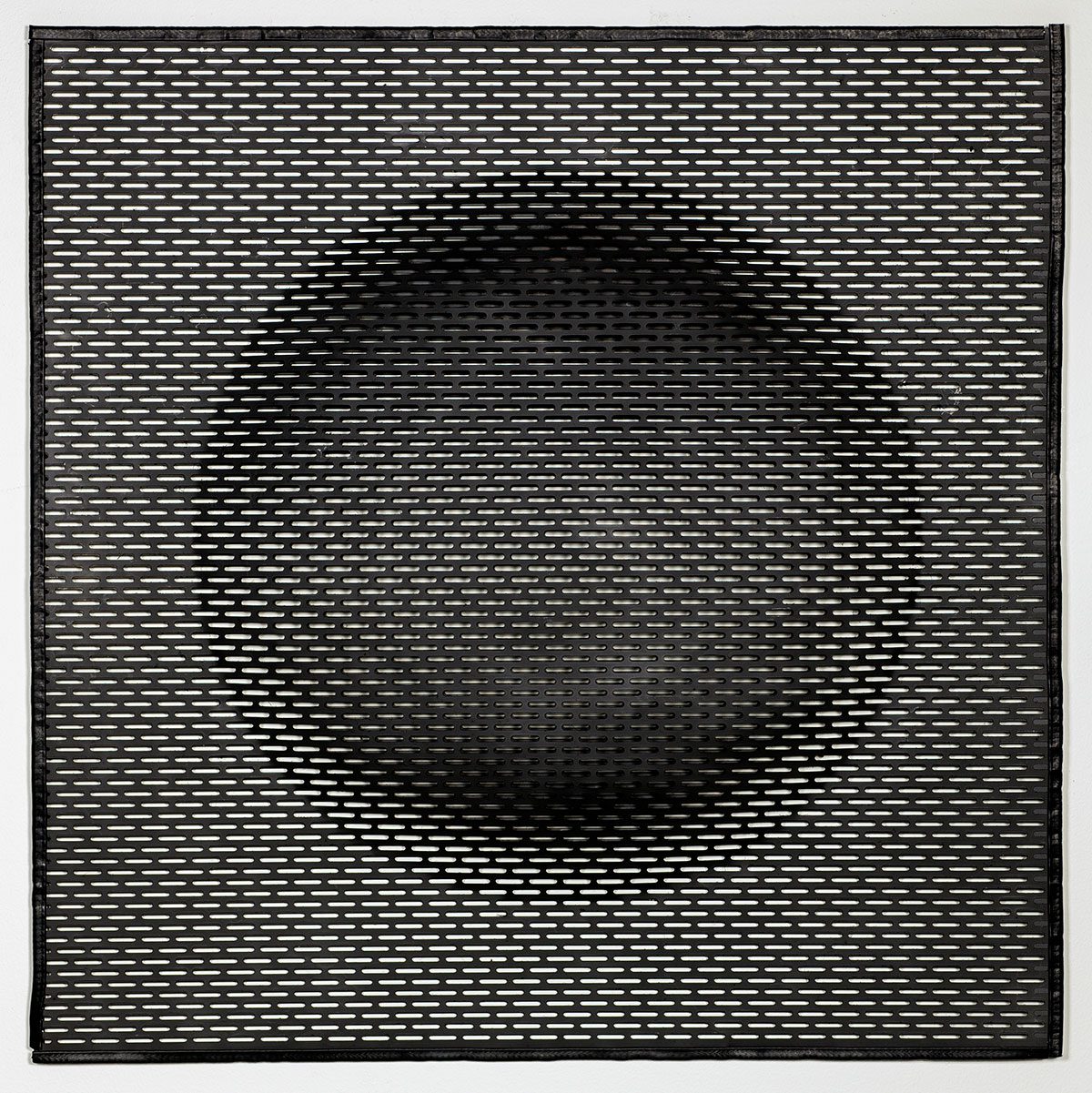PRESENTATION: Milky Way Tour
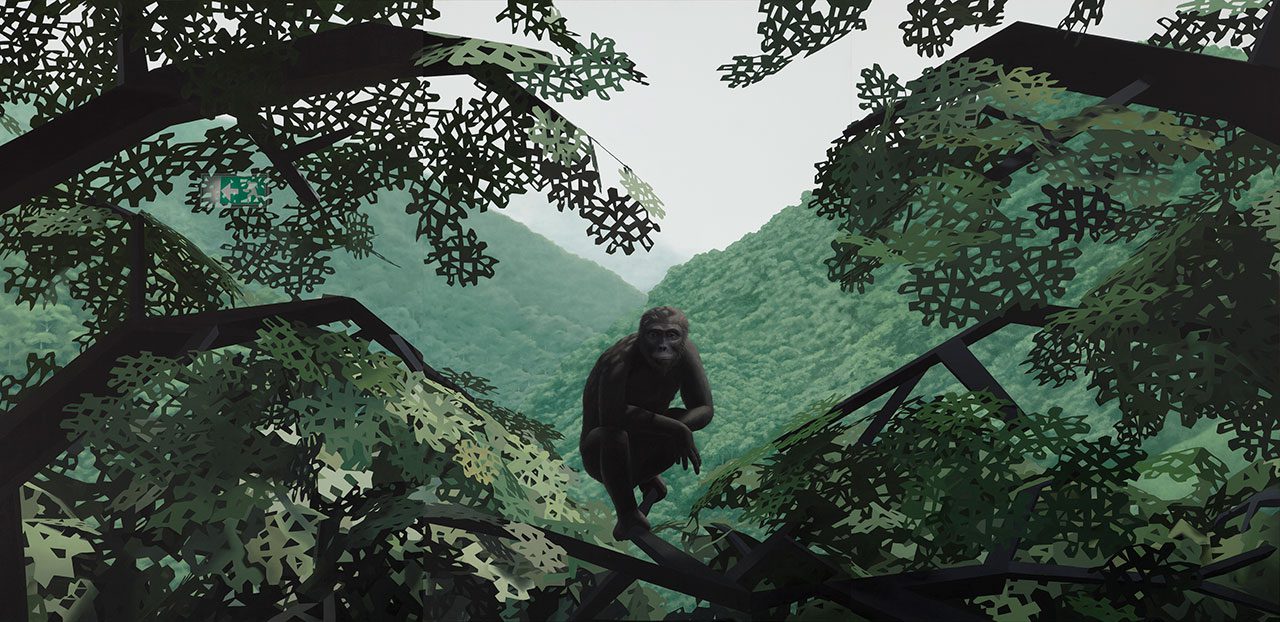 The exhibition “Milky Way Tour” explores humanity’s connection to space, nature, and technology, inviting visitors to reflect on our place in the universe. Through art, it examines our relationship with the environment, other species, and the mysteries of existence. What role will we play, and what future awaits us in the cosmos?
The exhibition “Milky Way Tour” explores humanity’s connection to space, nature, and technology, inviting visitors to reflect on our place in the universe. Through art, it examines our relationship with the environment, other species, and the mysteries of existence. What role will we play, and what future awaits us in the cosmos?
By Efi Michalarou
Photo: Kiasma Archive
The exhibition “Milky Way Tour” explores the compelling theme of outer space, delving into humanity’s long-standing fascination with the unknown realms beyond Earth. Through various works, the exhibit investigates our knowledge, ideas, and imaginative interpretations of the cosmos—a source of inspiration for art and thought throughout history. Central to this theme is humanity’s curiosity about potential life beyond our planet. The possibility of extraterrestrial beings has ignited creative minds, influencing everything from art to literature and film. Science fiction, with its vivid depictions of alien worlds and intelligent life, has fueled these musings, helping to bridge the gap between imagination and scientific speculation. The influence of digital technology is another prominent aspect of the exhibition. Today, technology has redefined how we perceive the future, with advancements in artificial intelligence and robotics becoming everyday realities. Once the domain of speculative fiction, AI and robots are now woven into the fabric of our daily lives, assisting with tasks and even creating new forms of art. However, with these advancements come critical ethical questions. The exhibition prompts viewers to ponder just how human-like we are willing to allow machines to become. It raises issues about potential job displacement and the impact of technology on creativity—posing an essential question about whether robots could, or should, replace human artists in the future. While technology opens new doors, it is also heavily reliant on the Earth’s natural resources, tying humanity’s technological aspirations back to ecological realities. As digitalization grows, so does our consumption of resources, placing pressure on our planet’s fragile ecosystems. The exhibition acknowledges these environmental impacts, pointing out that our exploitation of Earth’s resources could ultimately threaten our own survival. This theme highlights the paradox of our age: while we look outward toward space, imagining life on other planets, we are simultaneously depleting the resources necessary for life on our own. The exhibition features a diverse array of artwork from 22 individual artists and artist collectives, offering a rich visual journey that spans centuries. The pieces range from paintings, photographs, and collages to prints, videos, assemblages, installations, and even a robot. This extensive variety provides a historical overview, with the oldest piece dating back to the 1700s, juxtaposed against contemporary works created in 2024. This timeline not only demonstrates the longevity of our fascination with space but also shows how our interpretations of the cosmos evolve alongside advancements in art and science. Remarkably, many of these pieces are being exhibited at Kiasma for the first time, adding a fresh perspective for visitors. The exhibition also delves into topics such as space exploration, UFO sightings, and alchemy. These subjects add depth, inviting viewers to reflect on humanity’s ongoing quest for knowledge and the mysteries that continue to elude us. Ultimately, “Milky Way Tour” offers an immersive experience that goes beyond aesthetics, prompting reflection on the roles of imagination, technology, and sustainability in our relationship with the universe. It’s an invitation to question where we fit within the cosmos and what our future might hold, both on Earth and beyond.
Participating Artists: Greta Alfaro, Richard A Carter, Kari Cavén, Erno Enkenberg, Petri Eskelinen, Teresa Fernández-Pello, Antti Immonen, Pekka ja Teija Isorättyä, Muriel Kuoppala, Erwin Laiho, Esa Laurema, Brittany Nelson, Ernesto Neto, Guillaume Paris, Matti Petäjä, Veera Kaamos Pitkänen, Rodtsenko-seura, Manuel Saiz, Maija Tammi, Maria Tobola, Björn Weckström, and one unidentified artist.
Photo: Erno Enkenberg, Sahelanthropus tchadensis, 2015, Photo: Erno Enkenberg
Info: Curator: Jari-Pekka Vanhala, Museum of Contemporary Art Kiasma, Mannerheiminaukio 2, Helsinki, Finland, Duration: 15/11/2024-23/3/2025, Days & Hours: Tue–Fri 10:00-20:00, Sat–Sun 10:00–17:00, https://kiasma.fi/
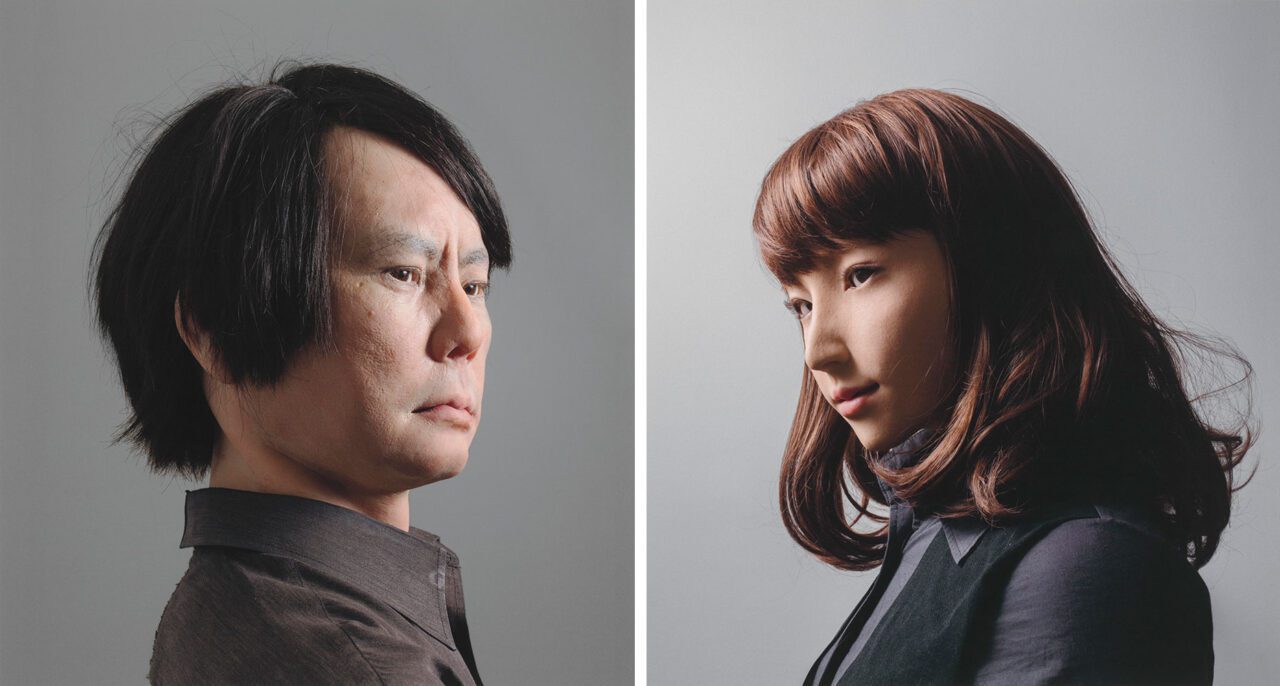
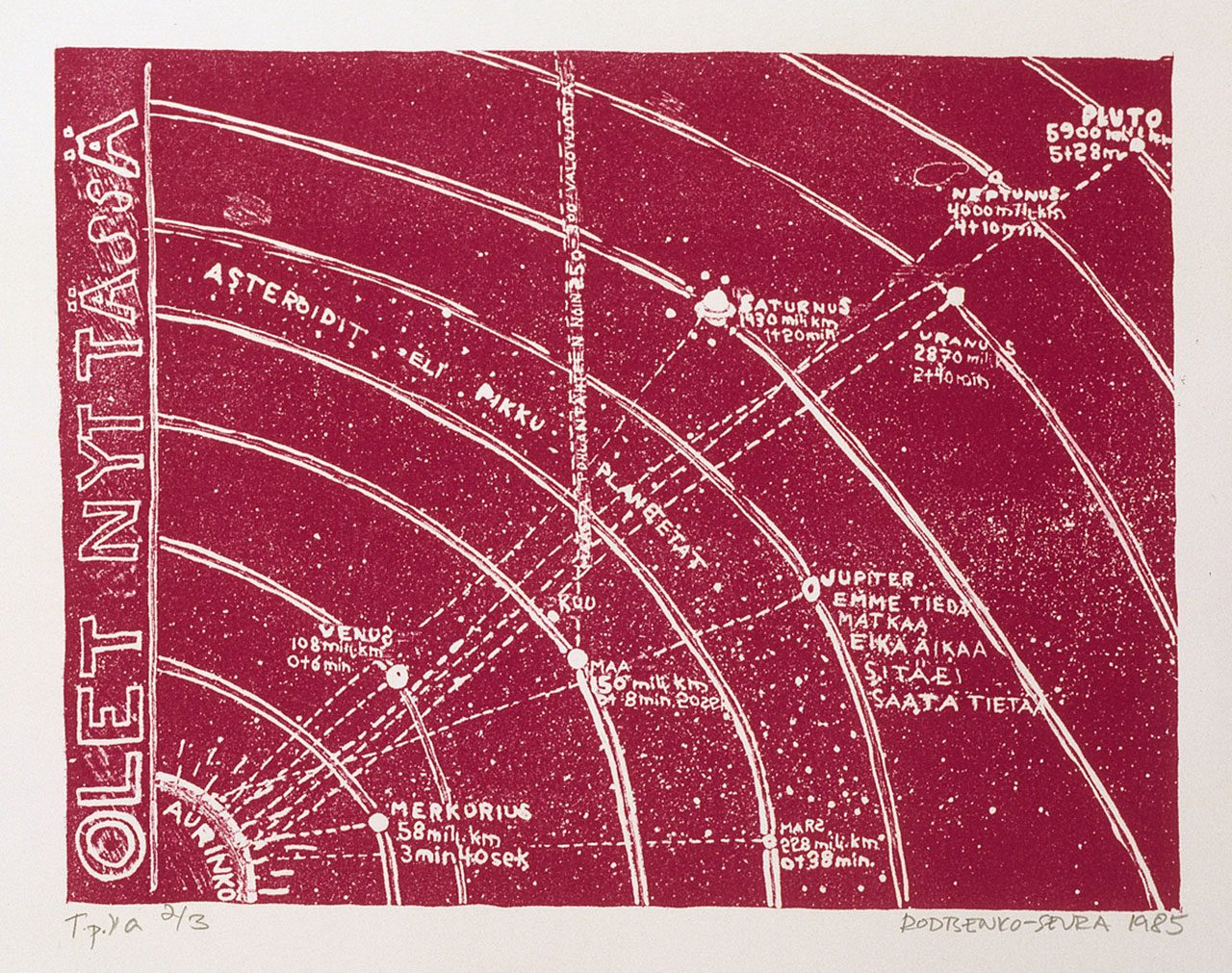
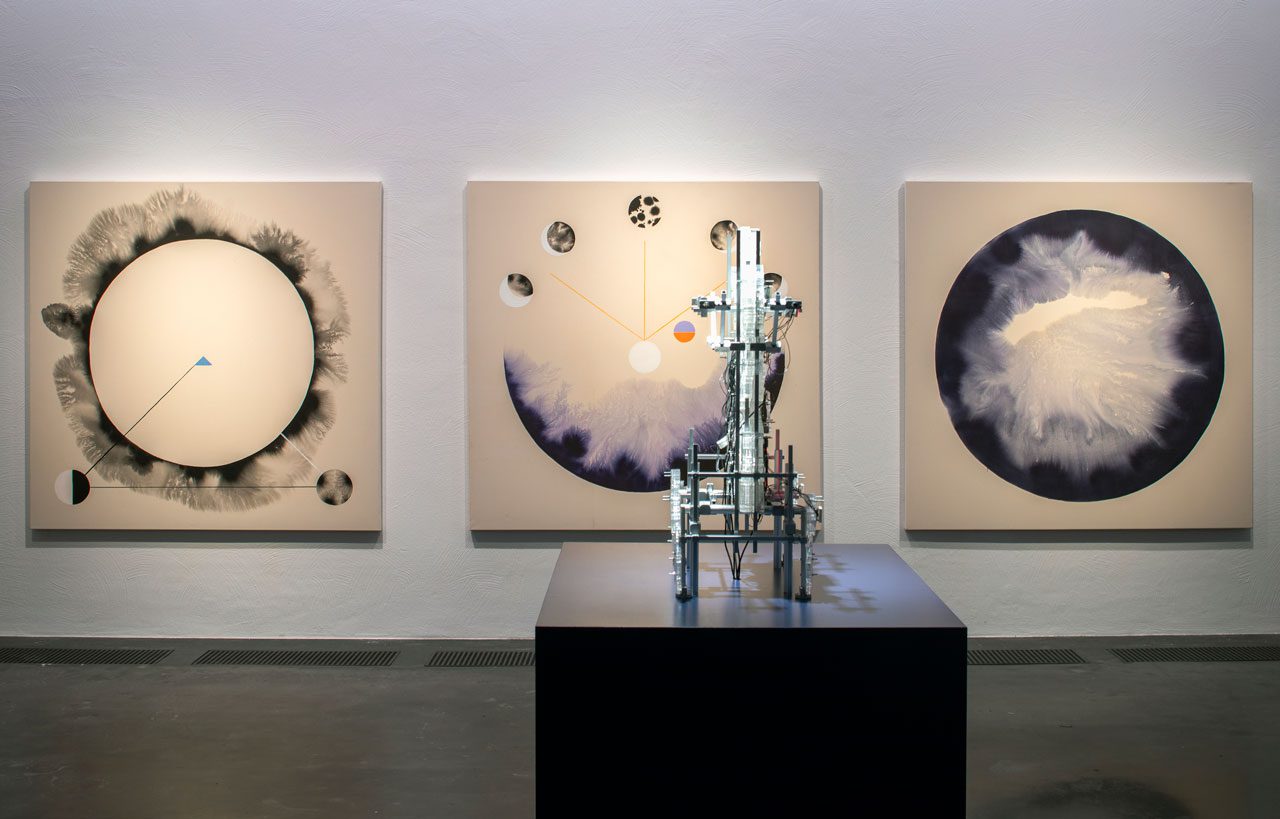
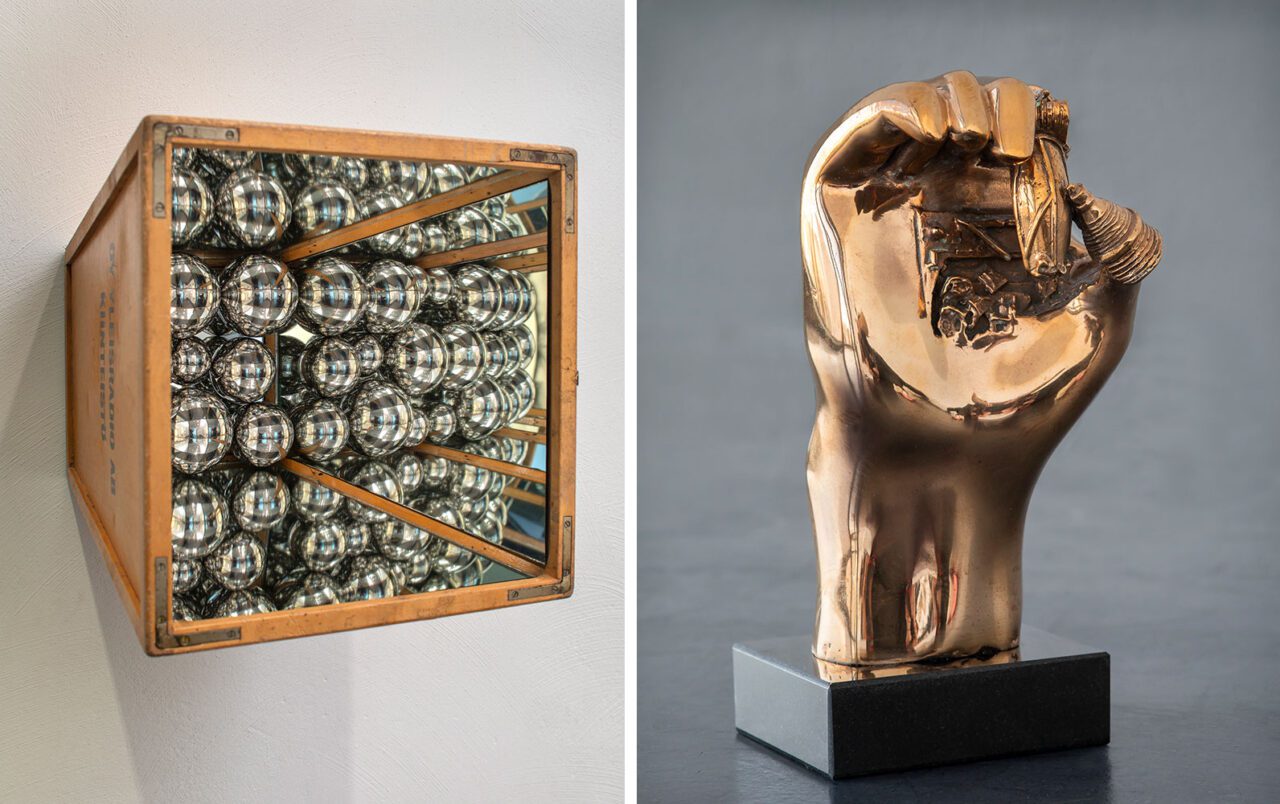
Right: Björn Weckström, Biomechanical Hand, 1978, Photo: Finnish National Gallery / Petri Virtanen
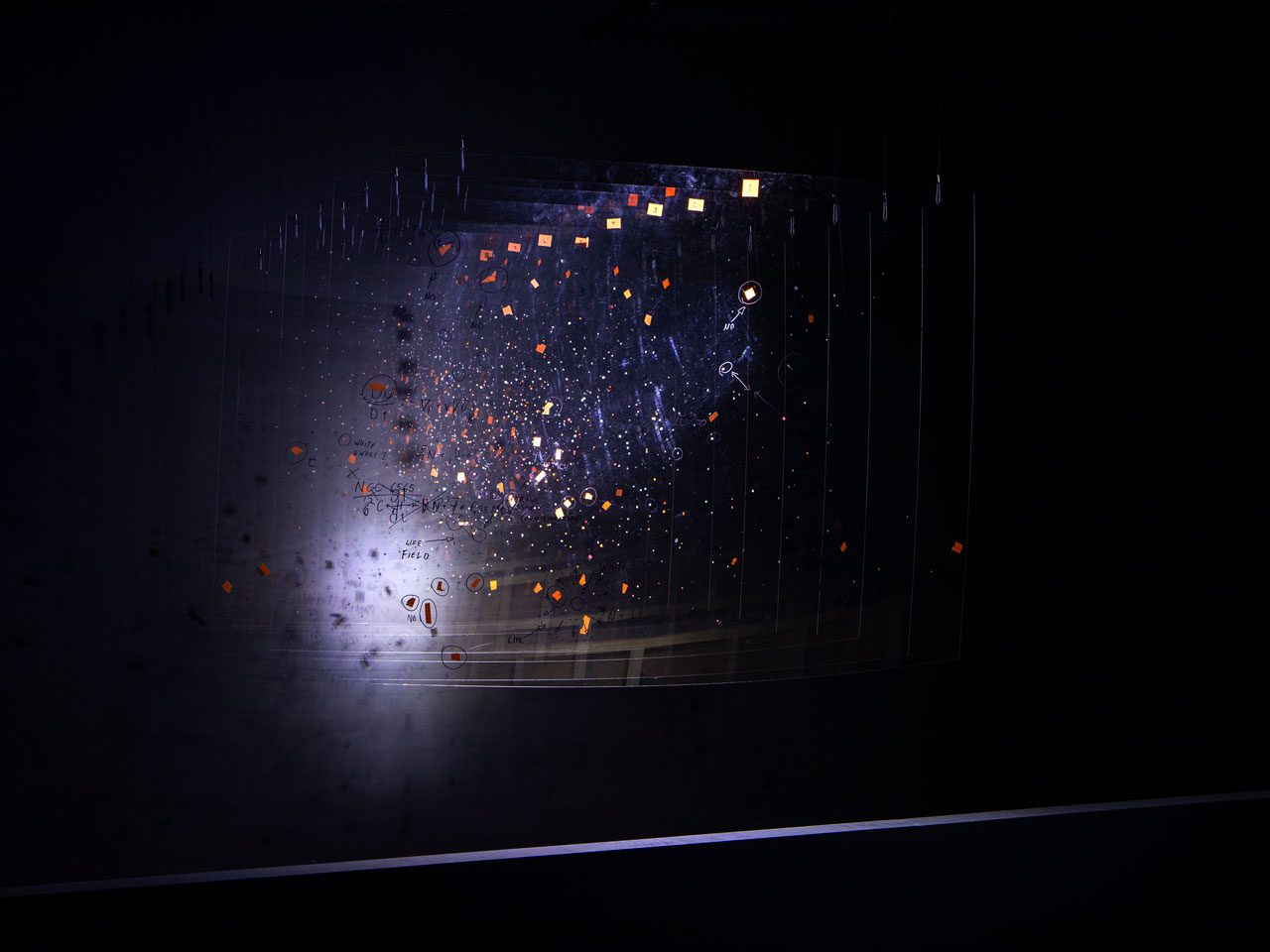
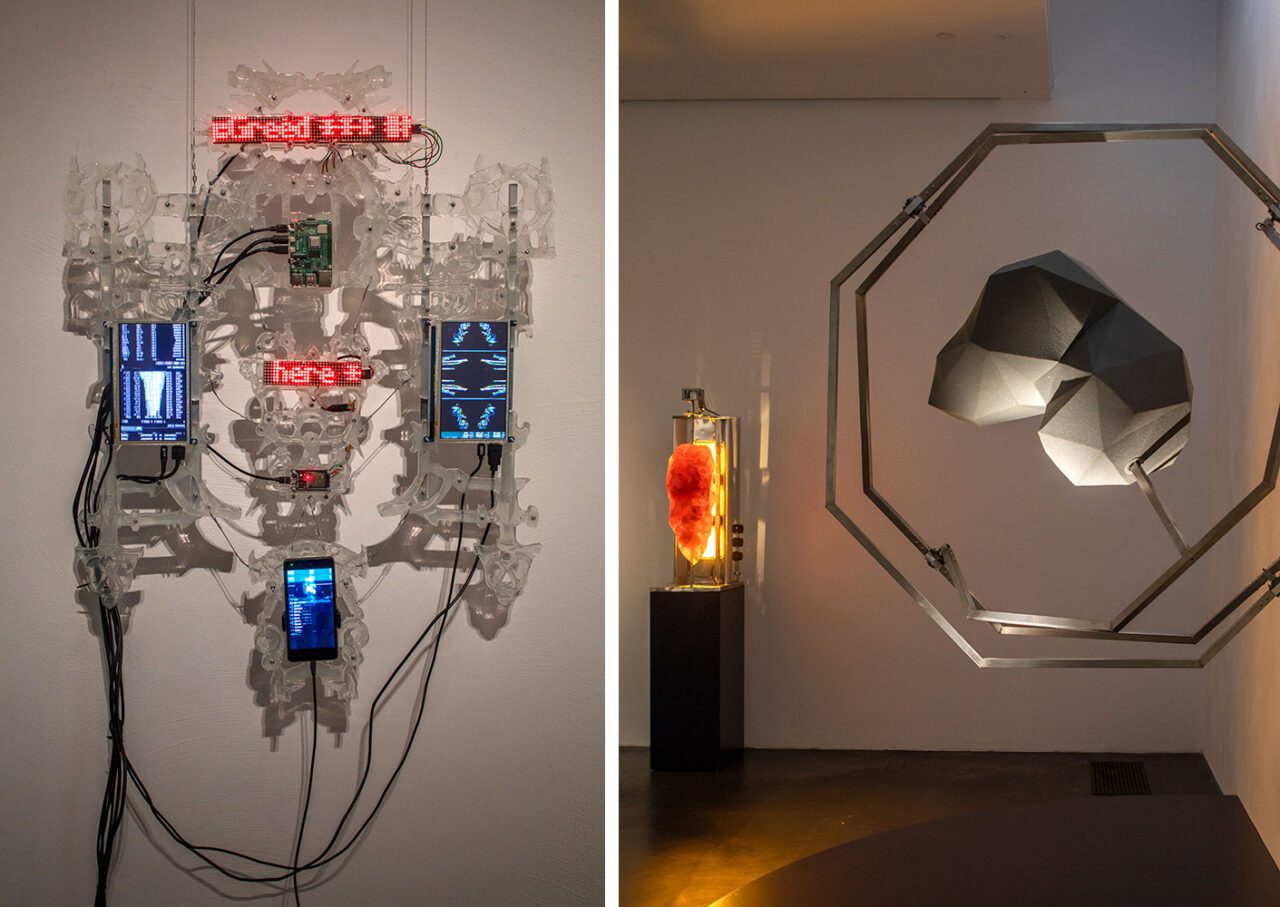
Right: Antti Immonen, Freedom in a Fountain, 2016, Finnish National Gallery, In the back: Maria Tobola, Amber Kebab, 2016, Photo: Finnish National Gallery / Petri Virtanen
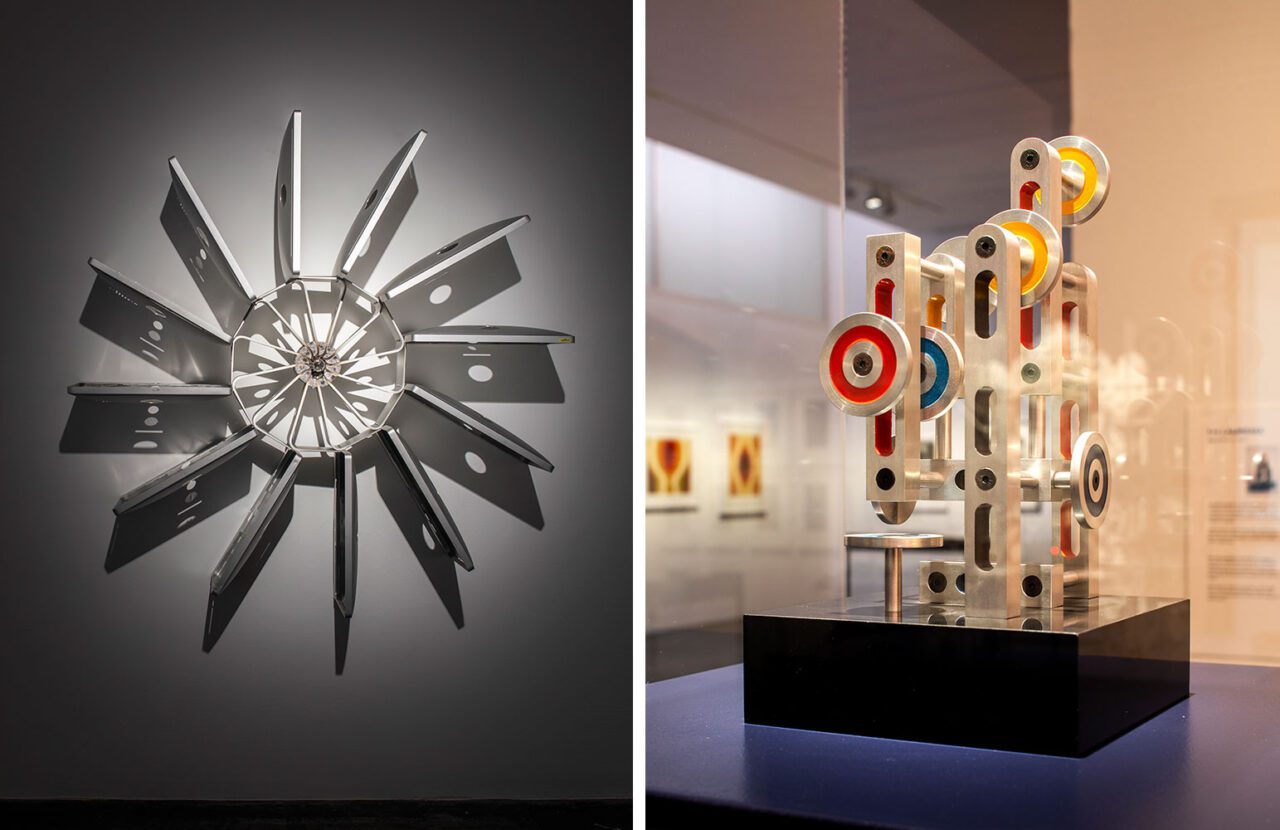
Right: Esa Laurema, A Device for Listening to the Spheres , 2005, Finnish National Gallery, Photo: Finnish National Gallery / Petri Virtanen
